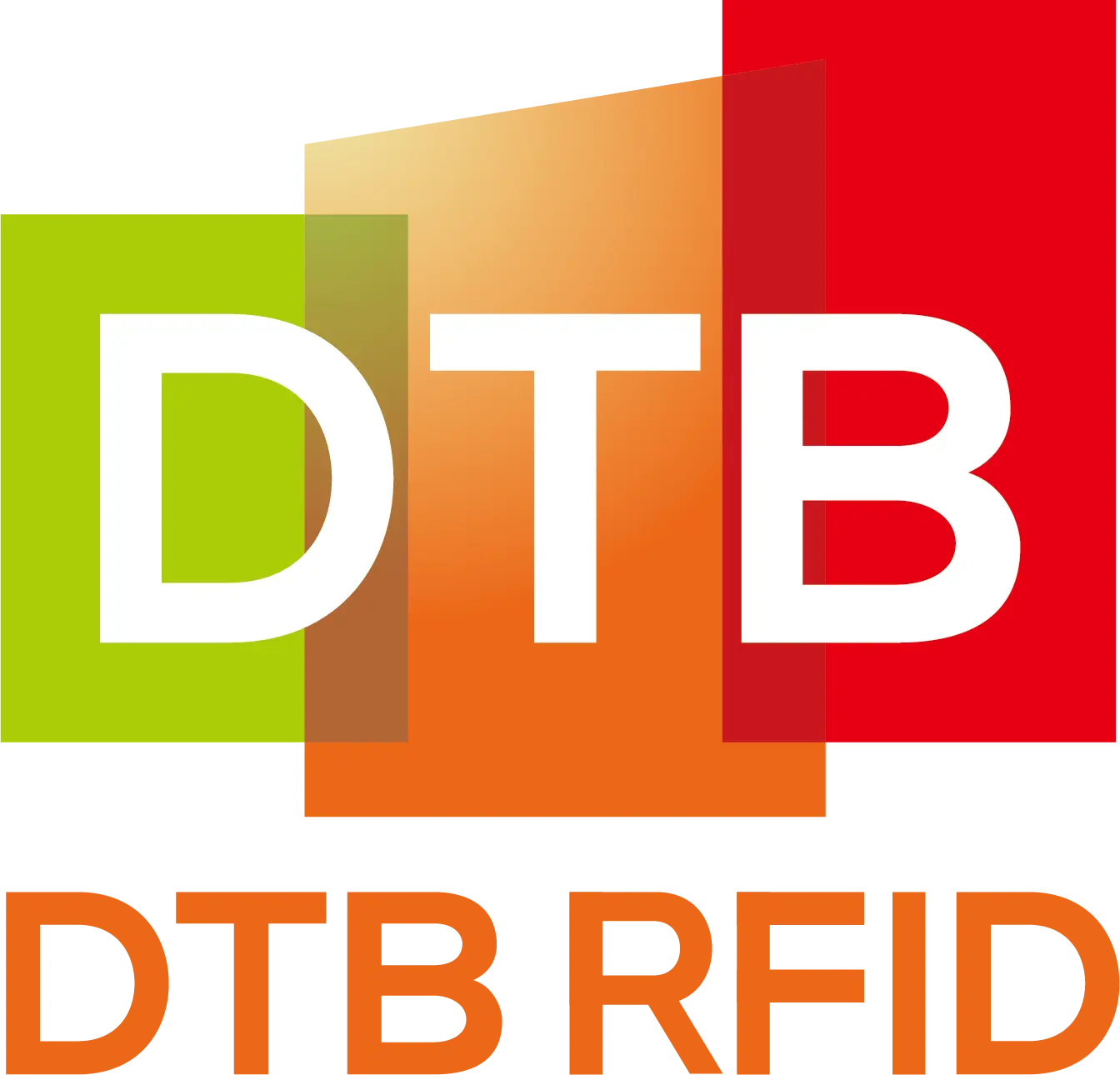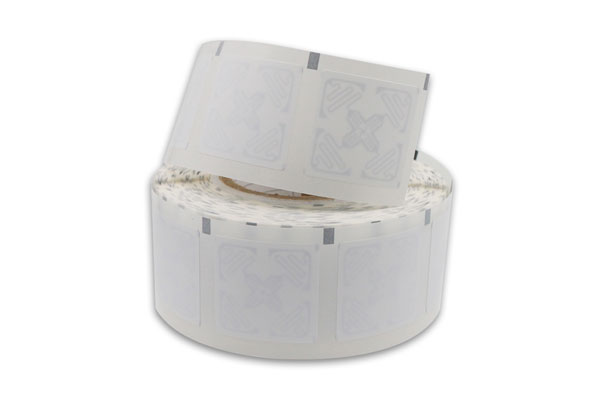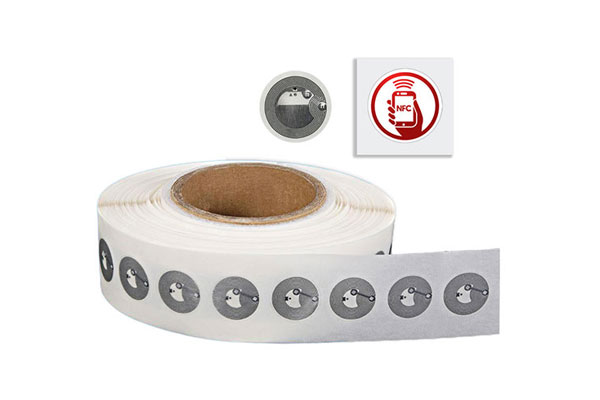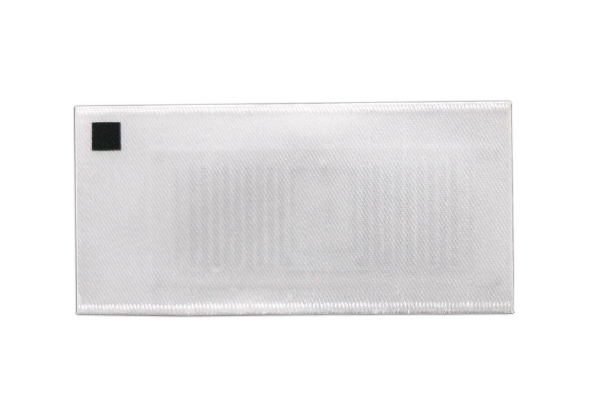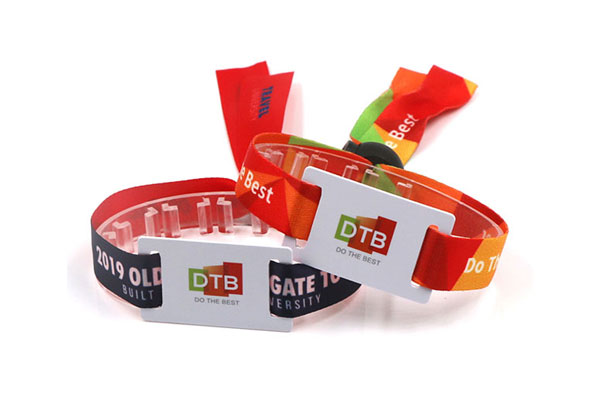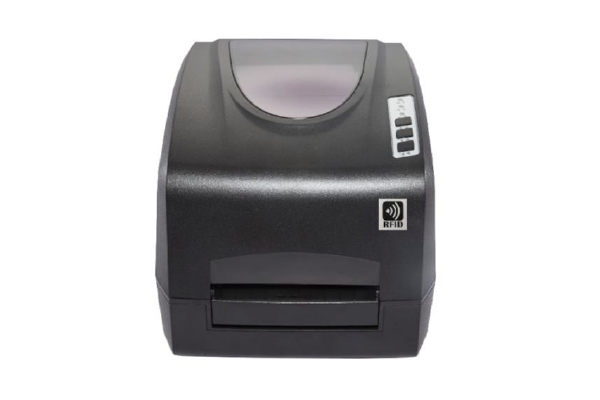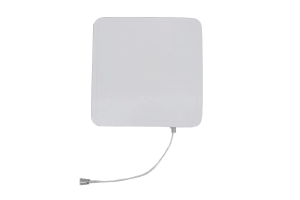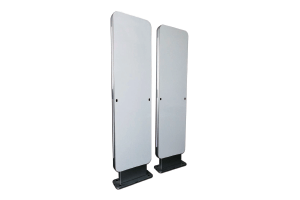Defining RFID Tag Placement Early
In any product lifecycle, the sampling or prototyping phase is often focused on aesthetics, materials, and sizing. However, when RFID tagging is planned from the beginning, this early stage becomes an invaluable opportunity to design smarter products that are traceable and supply-chain ready.
For items currently in development—especially in sectors like fashion, footwear, or consumer electronics—identifying the optimal RFID tag placement during the sample stage helps avoid downstream inefficiencies. Engineers and designers can test tag performance on different parts of the item (e.g., inside a garment seam, under a shoe insole, or embedded in packaging), ensuring that the read range, durability, and tamper resistance meet operational requirements.
By collaborating with RFID solution providers early, brands can also select the most appropriate tag types—whether it’s a soft textile tag, a hard-shell label for rugged items, or an NFC-enabled chip for future consumer interaction. This stage is about more than just affixing a tag; it’s about engineering RFID-readiness into the DNA of the product.
Getting RFID tagging right during sampling avoids expensive retrofitting later and ensures smooth scalability when full production ramps up. It also guarantees compliance with partners’ supply chain requirements, such as those of major retailers or logistics providers who require serialized traceability from the first shipment.
Tagging Before the First Batch Ships
For products that are approved but not yet in mass production, this is the sweet spot for seamless RFID integration. This stage allows supply chain managers, factories, and tech partners to synchronize tagging plans alongside material procurement and line scheduling.
RFID labels or inlays can be pre-printed or pre-encoded during the label production phase, then incorporated into packaging or sewn into products during the manufacturing process. Since RFID tags must often carry unique EPC (Electronic Product Code) identifiers, this stage allows integration with enterprise systems like ERP, PLM, or WMS, ensuring each product unit is traceable from its first production moment.
This is also the ideal time to build RFID quality control into standard operating procedures. For example, factories can implement inline testing stations where tags are read before the item is packed, confirming functionality and preventing dead tags from entering the market.

By embedding RFID tagging into the production plan—not as an afterthought, but as a strategic component—brands gain full visibility and compliance without delaying go-to-market timelines. This approach also keeps unit costs low, as tagging becomes a natural part of the assembly workflow rather than an added labor step.
Post-Production Tagging: Closing the Gap for Unlabeled Inventory
Sometimes, production has already finished and goods are sitting in warehouses waiting for shipment—but RFID was not yet implemented. In these cases, post-production RFID labeling becomes the fallback solution to bring existing stock up to tracking standards.
This involves printing or encoding RFID tags separately and physically applying them to finished goods—either on the packaging, shipping carton, or directly onto the product, depending on the item type. Warehouses can set up temporary tagging stations where workers scan product barcodes, link them to newly issued RFID tags, and attach them before final quality checks.
This stage demands meticulous data matching. Since the original products were not RFID-tagged during production, care must be taken to ensure the tag’s digital identity accurately maps to the right product SKU, size, and batch. Modern RFID software solutions simplify this by providing UI-based interfaces for on-the-spot encoding, verification, and error correction.
While this method requires more time and labor than tagging during production, it’s a necessary step to ensure consistency and traceability—especially if products are headed to major retailers, cross-border trade, or e-commerce platforms where item-level visibility is required. It also creates a clean cutover point: once existing stock is tagged, all future items can follow a fully embedded RFID tagging protocol.
In-Field Tagging: Coordinating Warehouses and Stores
What happens when products have already left the factory and are in transit, in storage, or even on the shelves of retail outlets? In such cases, the only viable option is RFID tagging at the warehouse or store level—a more decentralized approach, but still feasible with proper coordination.
RFID “field tagging” may involve shipping tagging kits to distribution centers, retail stores, or third-party logistics providers. These kits include pre-encoded tags, handheld RFID readers, mobile printers, and cloud-connected apps for scanning, encoding, and uploading data. Staff on-site can be trained in just a few hours to tag and verify products as they arrive or are prepared for sale.
This solution is particularly useful when legacy inventory needs to be upgraded to match new RFID systems—say, if a brand launches RFID-enabled self-checkout, smart mirrors, or automated inventory systems, and must ensure all items (even older ones) are scannable.
In-store RFID tagging also supports omnichannel readiness. Retailers can use handheld readers to match tagged items with online orders, prepare BOPIS (Buy Online, Pick-up In Store) packages, or even power smart fitting room experiences. While this approach is more reactive than proactive, it enables full digital integration without recalling or discarding valuable stock.
Additionally, field tagging builds agility into the supply chain. As RFID mandates become more common across industries and global markets, having the infrastructure to apply or update tags anywhere in the chain provides long-term resilience.
RFID is a Lifecycle Commitment, Not a One-Time Task
Implementing RFID tagging isn’t a single action—it’s a multi-stage journey that spans the product lifecycle. Whether at the drawing board, the production line, the warehouse, or the retail shelf, RFID tagging can be integrated at any point with the right planning, tools, and collaboration.
Each stage—sampling, pre-production, post-production, and in-field—offers unique opportunities and challenges. But together, they form a cohesive strategy for building traceability, inventory intelligence, and supply chain transparency into every SKU that moves through your business.
By thinking about RFID not just as a logistics tool, but as a digital identity system for physical products, brands can unlock massive operational benefits—from faster inventory counts and reduced shrinkage to real-time analytics and richer consumer experiences.
In the age of intelligent supply chains and connected retail, RFID is no longer optional. It’s the invisible infrastructure powering the next generation of product visibility, accountability, and customer trust—one tag at a time.
